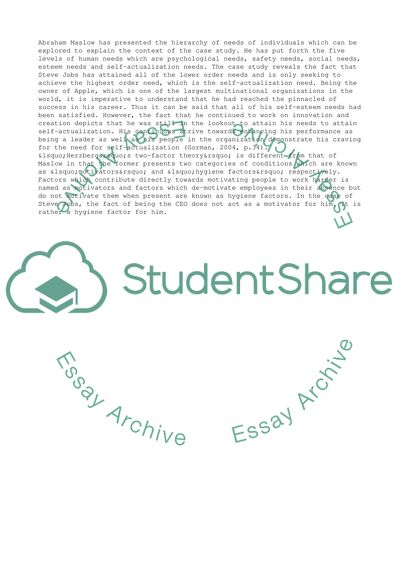Cite this document
(“Essay on Managing People Example | Topics and Well Written Essays - 2000 words”, n.d.)
Essay on Managing People Example | Topics and Well Written Essays - 2000 words. Retrieved from https://studentshare.org/management/1440984-managing-people
Essay on Managing People Example | Topics and Well Written Essays - 2000 words. Retrieved from https://studentshare.org/management/1440984-managing-people
(Essay on Managing People Example | Topics and Well Written Essays - 2000 Words)
Essay on Managing People Example | Topics and Well Written Essays - 2000 Words. https://studentshare.org/management/1440984-managing-people.
Essay on Managing People Example | Topics and Well Written Essays - 2000 Words. https://studentshare.org/management/1440984-managing-people.
“Essay on Managing People Example | Topics and Well Written Essays - 2000 Words”, n.d. https://studentshare.org/management/1440984-managing-people.


